Hi I’m studying for the Jlpt N5 in July, and I’m on track for kanji and grammar, but a bit far behind on vocab. I was going through Bunpros vocab lists, since I find flashcards like Anki difficult to remember so I needed a program that I would have to type in the answer. However, I’ve found that in the example sentances, the highlighted word doesn’t always reallly make sense.
For example(not the best cause I forgot the screenshot the better examples)
I didn’t have the hint available when I answered, but I feel like the english sentence should be rewritten to include the keywords for to vocab.
For example, “My backpack has a keyring attached to it”
I feel like that translation would be easy to write, is there a reason why you wouldn’t include the word ‘attatched’?
For this example, I would have got it if I had the hint visable, but some of them don’t make sense with the hint either.
Is there a feature where we can rewrite the example sentance translations or add a note that’s visable on the front of the card, or is that possible to add? Or could the team recheck the translation sentances and include the keyword in the highlight? Even if it sounds a bit unnatural in english, it would really help to have the right word included and highlighted.
And does anyone have any websites to help learn vocab in a type the answer style? Even if its just the word in english and you type the japanese or vice versa? Or any tips so that I can actually retain information from flashcards? What sites doyou guys use?
Any help is appreciated TT
Thanks

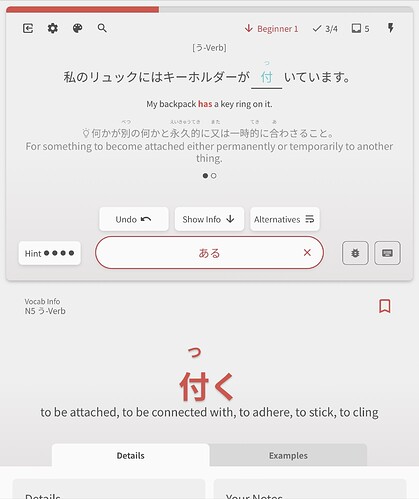
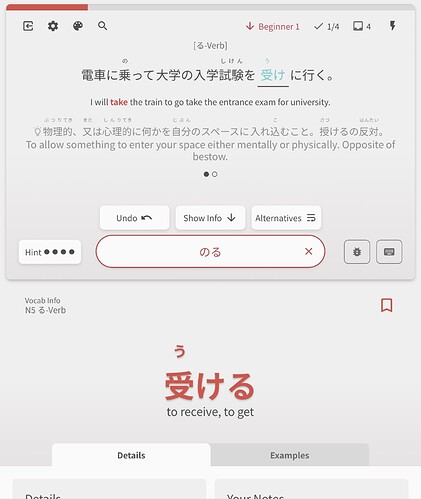
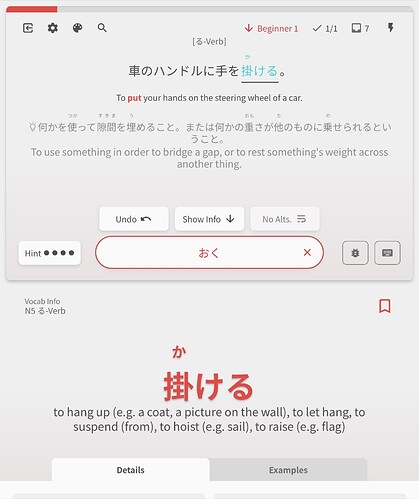
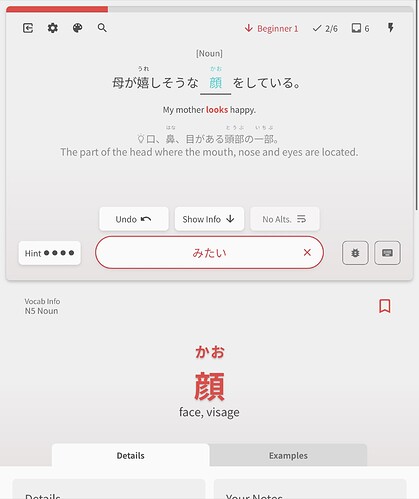
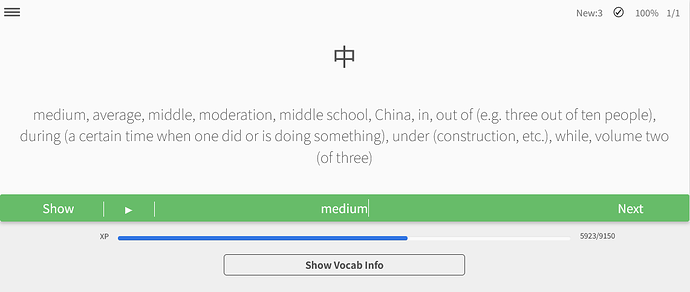
 (Sorry for the super-long post; just didn’t have the time to think it through ahead of time and write a more condensed version!)
(Sorry for the super-long post; just didn’t have the time to think it through ahead of time and write a more condensed version!)